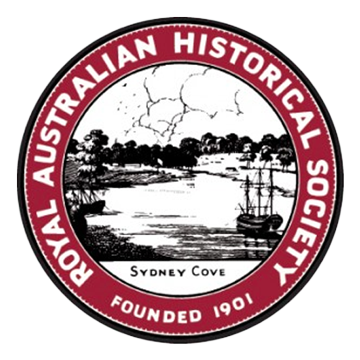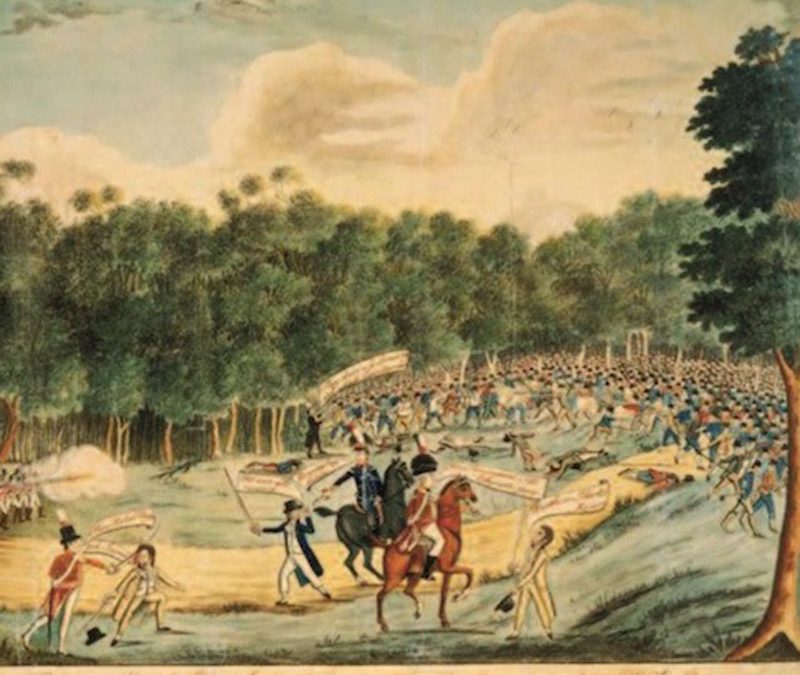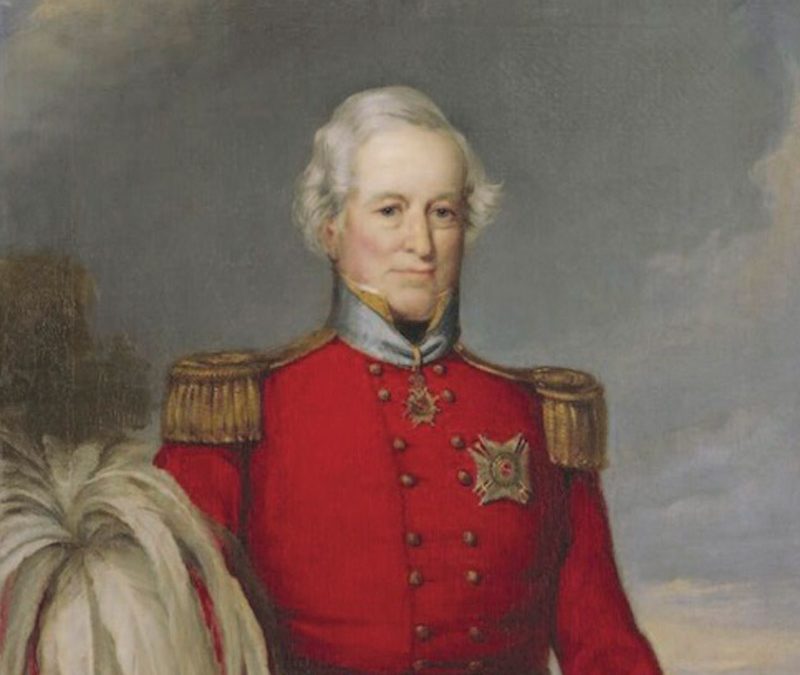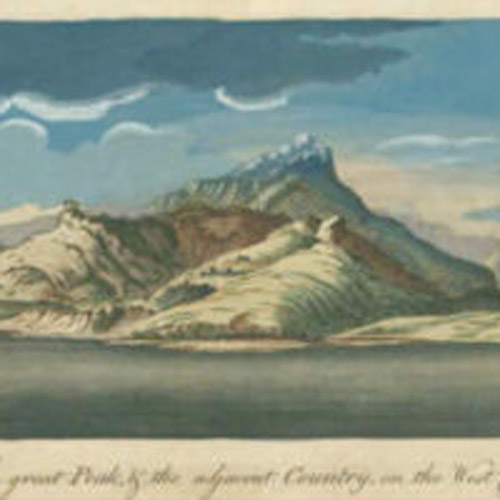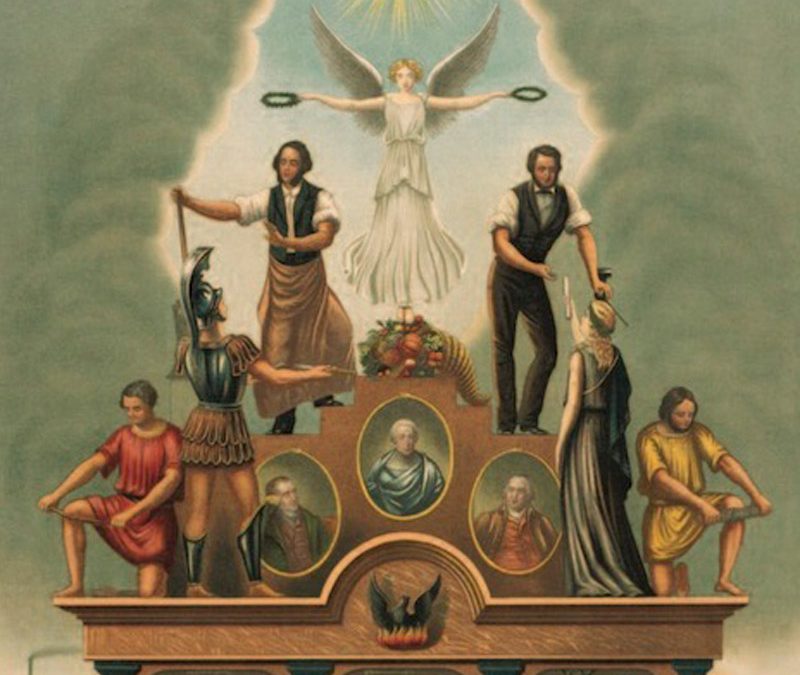
RAHS Subscriptions: Journals – Vol 108 Pt 1 June 2022 ABSTRACTS
RAHS Subscriptions: Journals – Vol 108 Pt 1 June 2022 ABSTRACTS
A Sojourn at Port Arthur in 1839: The eyewitness account of French explorer Captain Cyrille Laplace
Colin Dyer
The penal colony at Port Arthur had been in existence for less than a decade when Captain Cyrille Laplace paid his visit in February 1839 in the La Favorite. Already a very experienced traveller, this was his second round-the-world voyage, and his second visit to Tasmania. Laplace’s interest in correctional institutions led to visits to Hobart’s female convict prison and the Orphan School of New Town. In Volume 5, chapter 1 of the official account of his second voyage, Campagne de circumnavigation, Laplace describes in detail the changes he observed in Hobart since his first visit in 1831. This article includes the translation of these observations.
Canberra and the Frontier Wars
James McDonald
The nature of Aboriginal resistance in the Canberra district was different to elsewhere in New South Wales. Four factors affected how the Frontier Wars played out along the Molonglo: (a) the invasion followed the arrival of influenza and the small Aboriginal population had already been decimated; (b) Captain Bishop’s 1826 military expedition quashed a potential major rising; (c) Governor Darling was more intent than his predecessors on controlling the stockmen; and (d) relations with European pastoral workers in the district may have been less hostile.
Colonial Pioneers: The early industrial metal trades of Sydney, 1825-1875
Harry Cole and Drew Cottle
Little has been written of Sydney’s early tradesmen. Although numerically insignificant in early colonial Australia, by the end of the nineteenth century one group of these tradesmen, the metalworkers, had become crucial to the local economy. The metalworkers were one of the ‘new’ trades that had emerged with industrialisation. This article sets out to place the new metal trades in the city’s early metalworking industrial landscape and offers a brief glimpse into the role played by the metal trades workers in the economic development of nineteenth-century Sydney. It examines the artisanal nature of their workplaces before the transition to larger-scale industrial production.
This anomalous community: Dungog Magistrates’ Letterbook, 1834-1839
Michael Williams
This paper seeks to provide an overview and brief analysis of a rare convict period source that appears to have been largely overlooked by historians. The Magistrates’ Letterbook for the police districts of Dungog and Port Stephens, New South Wales, 1834-1839 is a single volume of the outward correspondence of Dungog-based magistrates at the high point of the convict system to local landowners, other magistrates, the Australian Agricultural Company, and to such Sydney based officials as the Superintendent of Convicts, the Colonial Storekeeper and the Colonial Secretary. The Letterbook, written mostly when Thomas Cook J.P. was Police Magistrate, provides an intimate snapshot of a period when such magistrates as Cook dealt with a vast range of matters and people, including local indigenous peoples, convicts and sly-grogers, bushrangers and landowners; all constituting a community perhaps rightly described at one point by Magistrate Cook as ‘anomalous’.
Book Reviews
Chas Keys, Maitland Speaks: the experience of floods, Floodplain Publishing, Maitland, NSW, 2020, vii + 486 pages; ISBN 9780646818757.
Adam Wakeling, A House of Commons for a Den of Thieves: Australia’s journey from penal colony to democracy, Australian Scholarly Publishing, North Melbourne, 2020, 306 pages; ISBN 9781922454140.
Douglas Newton, Private Ryan and the Lost Peace: a defiant soldier and the struggle against the Great War, Longueville Media, Haberfield, NSW, 2021, xx + 380 pages; ISBN 9780648973638.
Catherine Bishop, Too Much Cabbage and Jesus Christ: Australia’s ‘Mission Girl’ Annie Lock, Wakefield Press, Mile End, South Australia, 2021, xvi + 327 pages; ISBN 9781743058572.
Quentin Beresford, Wounded Country: The Murray-Darling Basin – a contested history, NewSouth, Sydney, 2021 432 pages; ISBN 9781742236780.
Matt Murphy, Rum: a distilled history of colonial Australia, Harper Collins Publishers, Sydney, 2000, 370 pages; ISBN 9781460713044.
Alexis Bergantz, French Connection: Australia’s cosmopolitan ambitions, University of New South Wales Press, Sydney, 2021, 194 pages; ISBN 9781742237091.
Martyn Lyons, Dear Prime Minister: letters to Robert Menzies 1949–1966, UNSW Press, Sydney, 2021, 266 pages; ISBN 9781742237305.
Melissa Harper and Richard White (eds), Symbols of Australia: imagining a nation, NewSouth, Sydney, 2021, xi + 448 pages; ISBN 9781742237121.
Stephen Gapps, Gudyarra: the first war of Wiradyuri Resistance – The Bathurst War, 1822–1824, NewSouth, Sydney, 2021, xi + 276 pages; ISBN 97817422367111.
Doug Munro, History Wars: The Peter Ryan-Manning Clark Controversy, Australian National University Press, Acton, ACT, 2021, xxxvi + 193; ISBN 9781760464769.
Ashley Hay, Gum − the story of eucalypts & their champions, first published by Duffy & Snellgrove, 2002, 2nd edition published by New South, 2021; ISBN 9781742237534.
